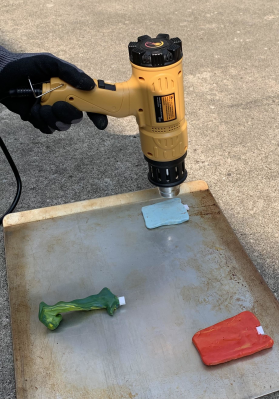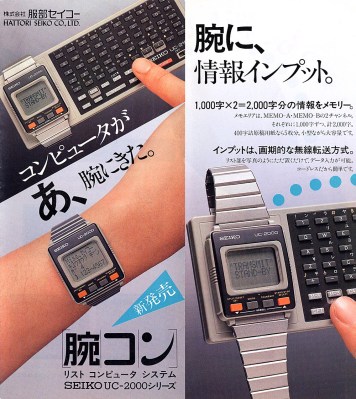For hackers of a certain age, the warbling of an analog modem remains something of a siren song. Even if you haven’t heard it in decades, the shrill tones and crunchy static are like a time machine that brings back memories of a bygone era. Alien to modern ears, in the 1980s and 90s, it was the harbinger of unlimited possibilities. An audible reminder that you were about to cross the threshold into cyberspace.
If you can still faintly hear those strangely comforting screeches in the back of your mind, the JawnCon 0x1 badge is for you. With a row of authentic vintage red LEDs and an impeccably designed 3D-printed enclosure, the badge is essentially a scaled-down replica of the Hayes SmartModem. But it doesn’t just look the part — powered by the ESP8266 and the open source RetroWiFiModem project, the badge will allow attendees to connect their modern computers to services from the early Internet via era-appropriate AT commands while they’re at the con.
Continue reading “The JawnCon 0x1 Badge Dials Up A Simpler Time”




















